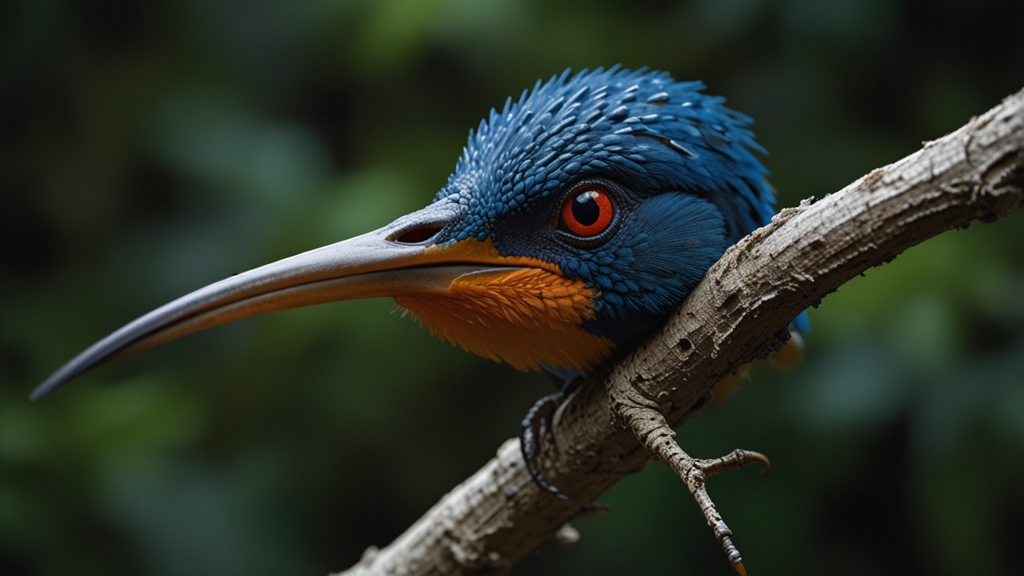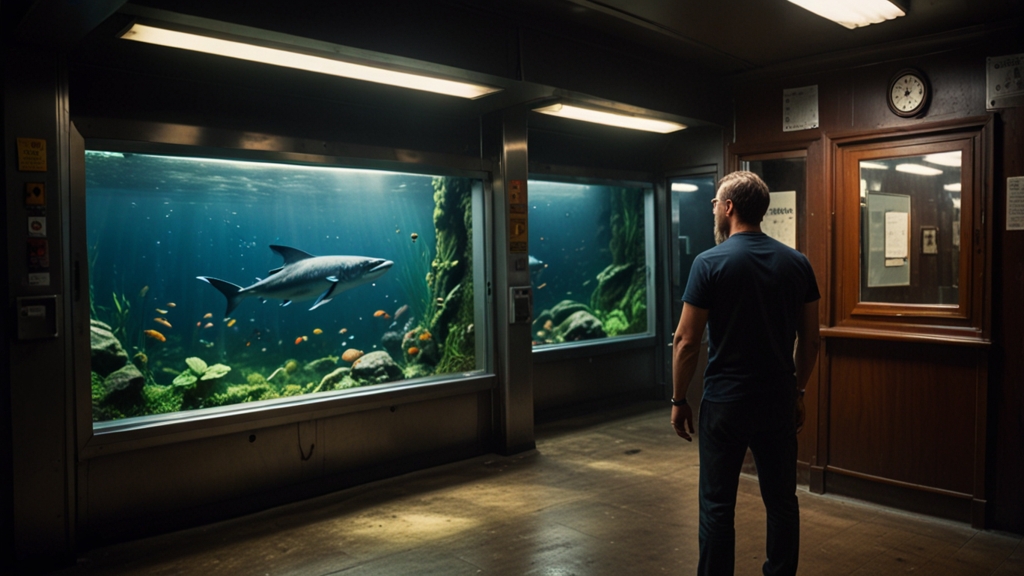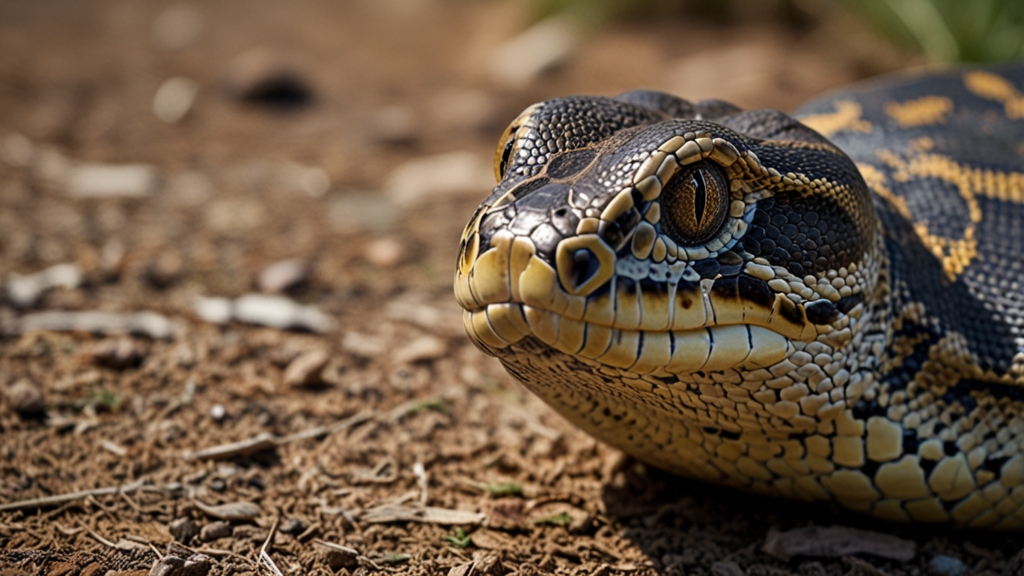The Fascinating Evolution of Birds From Dinosaurs to Darlings
Birds, with their vibrant plumage and melodic songs, have always held a special place in the hearts of nature enthusiasts. However, few might realize just how deep their lineage extends. Modern avian species are the result of millions of years of evolution, tracing their ancestry back to the mighty dinosaurs. This amazing evolutionary journey is a testament to the dynamic and adaptive nature of life on Earth.
The Dinosaur Ancestry
The story of birds begins in the Mesozoic Era, about 150 million years ago. During this time, the world was dominated by dinosaurs, a diverse group of reptiles. Among the numerous dinosaur species, a sub-group called theropods, which included the fearsome Tyrannosaurus rex and the swift Velociraptor, played a pivotal role in the evolution of birds.
"The link between birds and theropod dinosaurs is one of the most spectacular findings in paleontology. Fossil discoveries have provided compelling evidence that birds are, in fact, living dinosaurs.” – Dr. Mark Norell, American Museum of Natural History.
Scientific discoveries, particularly in the late 20th and early 21st centuries, have revealed numerous theropod fossils with bird-like features. These include hollow bones, three-toed limbs, and most notably, feathers. The discovery of Archaeopteryx, often referred to as the "first bird," showcased both avian and dinosaurian traits, solidifying the evolutionary connection.
The Rise of Feathers
Feathers are perhaps the most distinctive feature of birds, but their origins predate the first true birds. Initially, they likely evolved for insulation and display rather than flight. Small theropods began to sport simple, hair-like feathers that gradually evolved into more complex structures. This feather evolution provided these creatures with better insulation and display capabilities.
As feathers became more advanced, some theropods began to experiment with gliding and eventually powered flight. The transition wasn't abrupt but a series of gradual steps, each offering slight advantages in terms of survival and reproduction.
The First True Birds
The evolution from feathered dinosaurs to true birds was marked by significant anatomical changes. Over time, essential adaptations such as a keeled sternum for the attachment of powerful flight muscles, lightweight skeletons, and a specialized respiratory system for efficient oxygen exchange emerged. Archaeopteryx and its kin represent crucial transitional forms in this evolutionary narrative.
"While Archaeopteryx may not have been adept at sustained flight, its existence confirms that the complex journey towards becoming birds was well underway.” – Dr. Angela Milner, paleontologist.
These early birds faced numerous challenges, including competition with other prehistoric flying reptiles, like pterosaurs. Adaptations that improved flight, such as the development of a fused, rigid backbone and an efficient flight musculature system, provided these birds with the tools to survive and thrive.
The Modern Bird Diversification
Following the mass extinction event 66 million years ago, most non-avian dinosaurs vanished, clearing ecological niches and allowing birds to proliferate and diversify. Today's birds, numbering over 10,000 species, are a testament to their evolutionary success. They occupy an impressive range of habitats, from the arctic tundra to tropical rainforests, and exhibit a staggering variety of forms and behaviors.
This incredible diversity is a result of millions of years of natural selection, where traits that offered survival advantages became more prevalent. Whether it's the specialized beak of a woodpecker or the extraordinary migratory patterns of an Arctic tern, each bird species is a marvel of evolutionary fine-tuning.
Continuing Discoveries
Paleontology continues to uncover new fossil evidence that deepens our understanding of the bird-dinosaur relationship. Advanced technologies like CT scanning and 3D modeling allow scientists to examine fossilized remains in unparalleled detail, offering fresh insights into how these ancient creatures lived, moved, and evolved.
"Every new fossil discovery is a piece of the puzzle, helping us to reconstruct the fascinating evolutionary pathway from dinosaurs to modern birds." – Dr. Julia Clarke, evolutionary biologist.
The journey of birds from their dinosaur ancestors to the charming creatures we see today is nothing short of extraordinary. It serves as a powerful reminder of the dynamic nature of life on Earth and the relentless process of evolution that drives the diversity of life forms around us.
As we continue to study and understand this remarkable evolutionary story, we gain a greater appreciation not only for the birds we see today but also for the ancient world from which they came. Truly, in every chirping bird, there's a whisper of its dinosaurian past.









